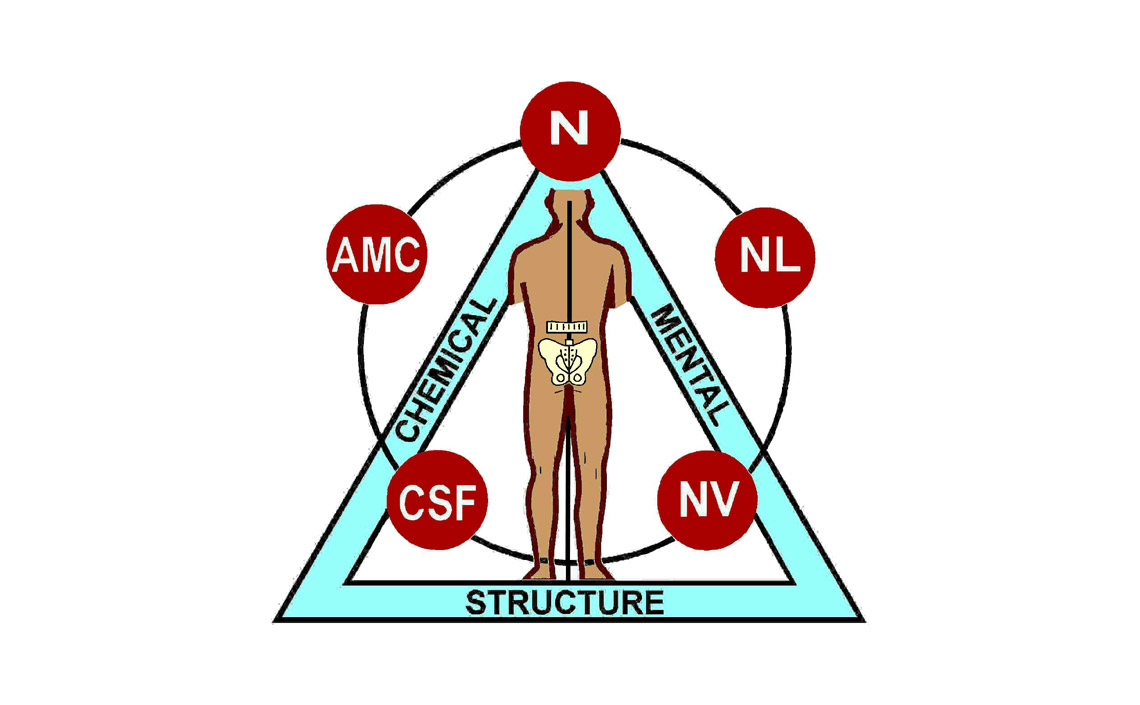Applied Kinesiology
Applied Kinesiology (AK) is a form of diagnosis using muscle testing as a primary feedback mechanism to examine how a person's body is functioning. When properly applied, an AK diagnosis will reveal different types of "imbalances" which will not show up by most other kinds of testing, and will determine the best form of therapy for the patient. Since AK draws together the core elements of many complementary therapies, it provides an interdisciplinary approach to health care.
The combined terms “applied” and “kinesiology” describe the basis of this system, which is the use of manual muscle testing to evaluate body function through the dynamics of the musculoskeletal system.
In general, the applied kinesiologist finds a muscle that tests weak and then attempts to determine why that muscle is not functioning properly . The practitioner will then evaluate and apply the therapy that will best eliminate the muscle weakness and help the patient.
Therapies utilized can include specific chiropractic adjustments, various myofascial therapies, cranial techniques, meridian therapy, clinical nutrition, dietary management and various reflex procedures.
In some cases, the examiner may test for environmental or food sensitivities by using a previously strong muscle to find what weakens it.
Applied kinesiology uses the triad of health—chemical, mental and structural factors—to describe the proper balance of the major health categories.
The triad is represented by an equilateral triangle with structural health as its base, and the upright sides representing chemical and mental health. When a person experiences poor health, it is due to an imbalance in one or more of these three factors.
The triad of health is interactive and all sides must be evaluated for the underlying cause of a problem. A health problem on one side of the triad can affect the other sides. For example, a chemical imbalance may cause mental symptoms. Applied kinesiology enables the practitioner to evaluate the triad's balance and direct therapy toward the imbalanced side or sides.
The origin of applied kinesiology is traced to 1964 when George J. Goodheart, Jr., D.C., first observed that postural distortion (for example head tilt, high shoulder, high hip) is usually associated with muscles that test weak. He found that by applying the appropriate therapy, the muscle would test strong and the postural distortion would change.

